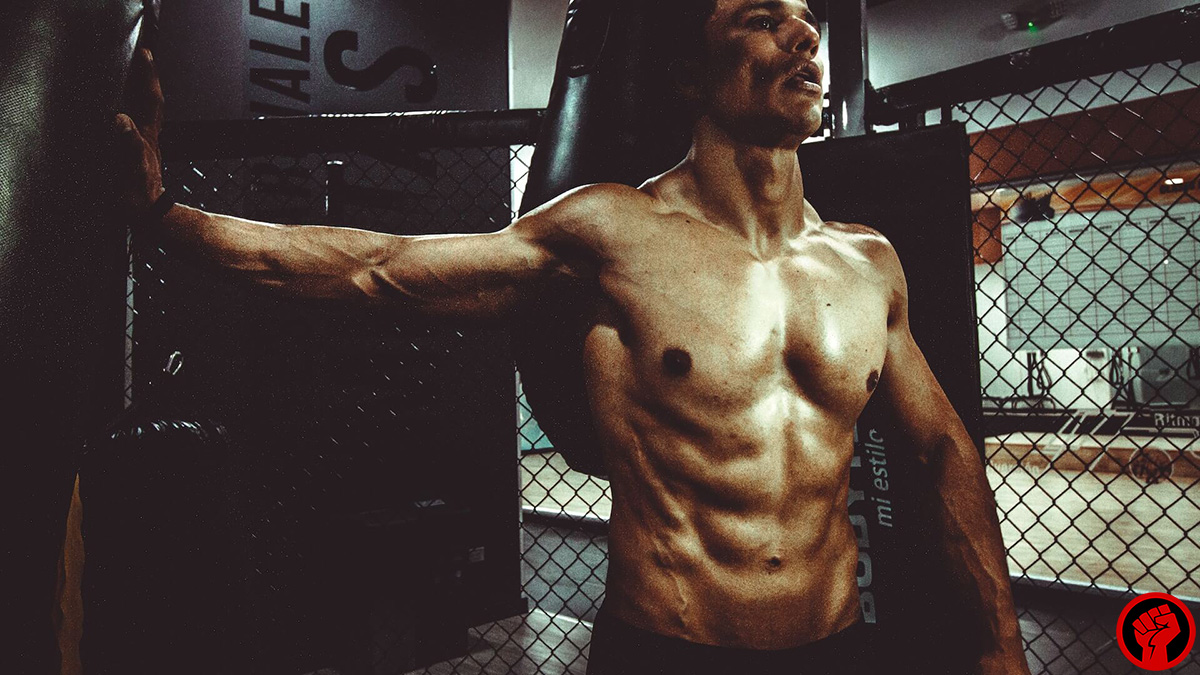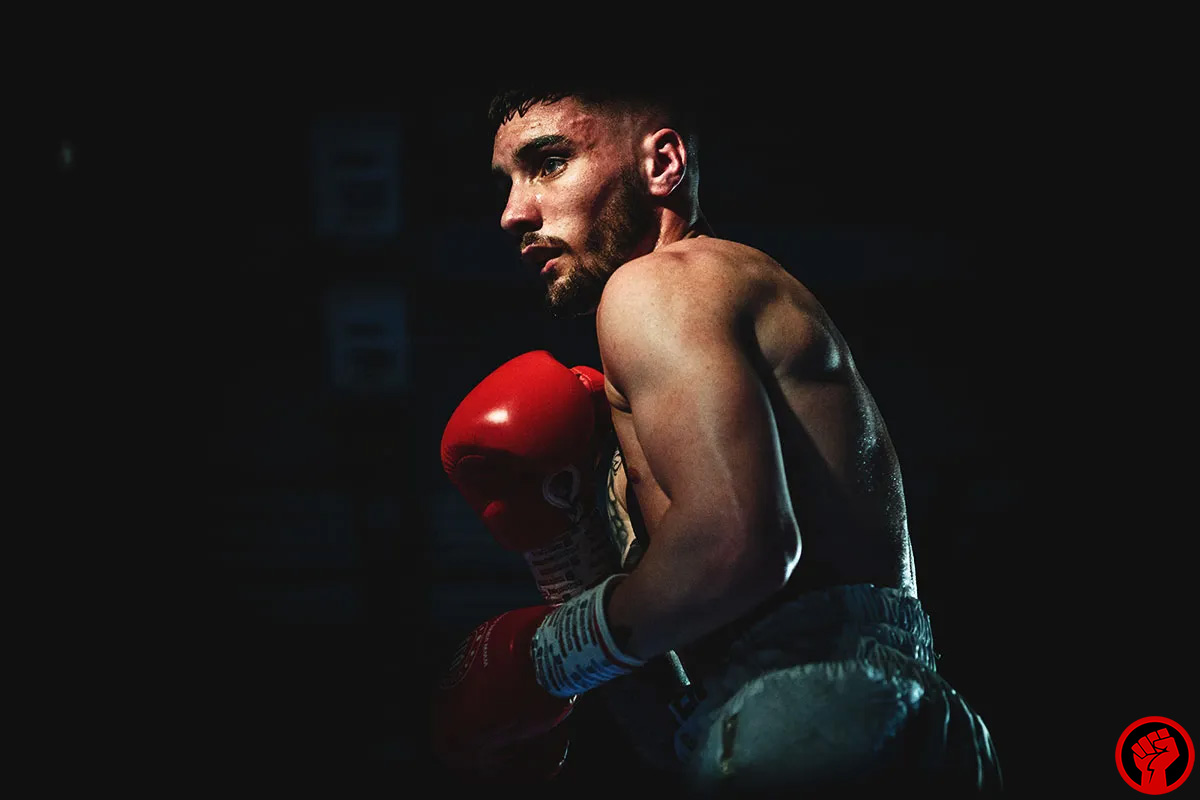Boxing has long been celebrated as a sport of strength, agility, and precision. Beyond its combative aspect, boxing offers a unique and comprehensive workout that engages various muscle groups, contributing to overall fitness and health. A common question is what muscles does boxing work the most? In this blog post, we’ll explore the muscles that boxing primarily targets and delve into the myriad benefits it brings to your physical well-being.
What Muscles does Boxing Work on Your Upper-body?
Shoulders

Boxing relies heavily on shoulder strength, as they are the generator for the power behind your punches.
Imagine your shoulders as the engines of your punches. When you throw a punch, especially a powerful jab or hook, your shoulder muscles twist and rotate rapidly. This twisting motion stores and releases energy, giving your punches their speed and strength.
Strong shoulders are vital for delivering knockout blows.
Back

Your back muscles are like the strong pillars of a building, provide the stability your entire body needs during a boxing match.
When you punch, your back muscles help transfer the force generated by your legs and core into your arms. This transfer of power ensures your punches are forceful and effective.
Chest

Your chest muscles are versatile players in boxing.
Not only do they contribute to the power of your punches, but they also serve as natural body armor. They help protect your ribs from getting injured during a fight, making your chest muscles crucial for both offense and defense.
Arms

Your arms are the superstars of boxing, responsible for delivering punches and defending against your opponent’s strikes.
The various punches in boxing, like jabs, hooks, and crosses, heavily rely on the strength and speed of your arm muscles.
Without strong and fast arms, you’d struggle to land punches or defend yourself effectively.
Core

The core muscles are the unsung heroes of boxing. They include your abs, obliques, and lower back muscles. These muscles work tirelessly to stabilize your entire body.
When you throw punches or move around the ring, your core ensures that your upper and lower body stay connected, allowing for efficient power transfer. This stability is crucial for delivering that knockout punch.
What Muscles does Boxing Work on Your Lower-body?
Legs

Your lower body, especially your legs, is where the power begins in boxing. When you throw a punch, your legs generate force from the ground up.
The leg muscles, including the quadriceps and hamstrings, are responsible for pushing off the ground and generating the energy that flows through your body into your arms.
Strong legs also enable you to move swiftly and strategically around the ring, giving you an advantage in the fight.
Glutes

Your gluteal muscles, or glutes, are essential for hip stability. They play a pivotal role in generating explosive movements in boxing.
For instance, when you pivot to throw punches or swiftly change direction to avoid an opponent’s attack, your glutes are actively engaged.
Strong glutes ensure you can move with speed and agility, enhancing your overall boxing performance.
Hips
Your hips are like the pivot point in a seesaw. In boxing, they need to be both strong and flexible. Efficient hip rotation is key to generating torque, which translates into faster and more powerful punches.
When you twist your hips quickly while throwing a punch, you create a whip-like effect that adds extra force to your strikes.
Strong and mobile hips are a secret weapon for knockout punches in the ring.
The Benefits of Boxing for Your Muscles
Boxing goes beyond sculpting an impressive physique; it offers a myriad of benefits for your muscles and overall well-being:
- Increased Strength: As you repeatedly throw punches, your muscles adapt and become stronger, especially in your shoulders, arms, and back.
- Increased Endurance: Boxing is an intense, high-energy sport that boosts endurance. It pushes your cardiovascular system, enhancing overall stamina.
- Improved Cardiovascular Health: The fast-paced nature of boxing gets your heart pumping, improving circulation, and reducing the risk of cardiovascular diseases.
- Reduced Stress: The release of endorphins during a boxing session can help reduce stress and anxiety, leaving you feeling rejuvenated.
- Increased Self-Confidence: Mastering the art of boxing and seeing improvements in your physique can boost your self-esteem and confidence levels.
Conclusion
Boxing is not just about throwing punches; it’s a holistic workout that engages numerous muscle groups, leading to increased strength, endurance, and better cardiovascular health. Additionally, it offers stress relief and a confidence boost. So, if you’re looking for a fun and effective way to work your muscles and enhance your fitness, give boxing a try. Your body will thank you, and you might just discover a new passion along the way.

